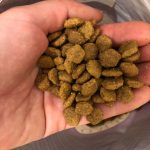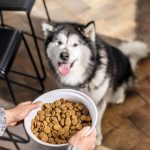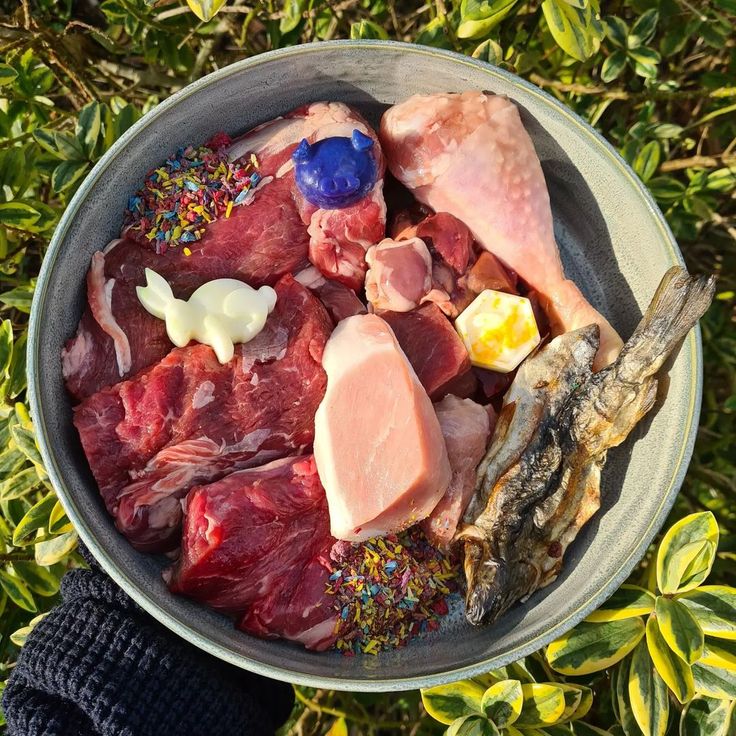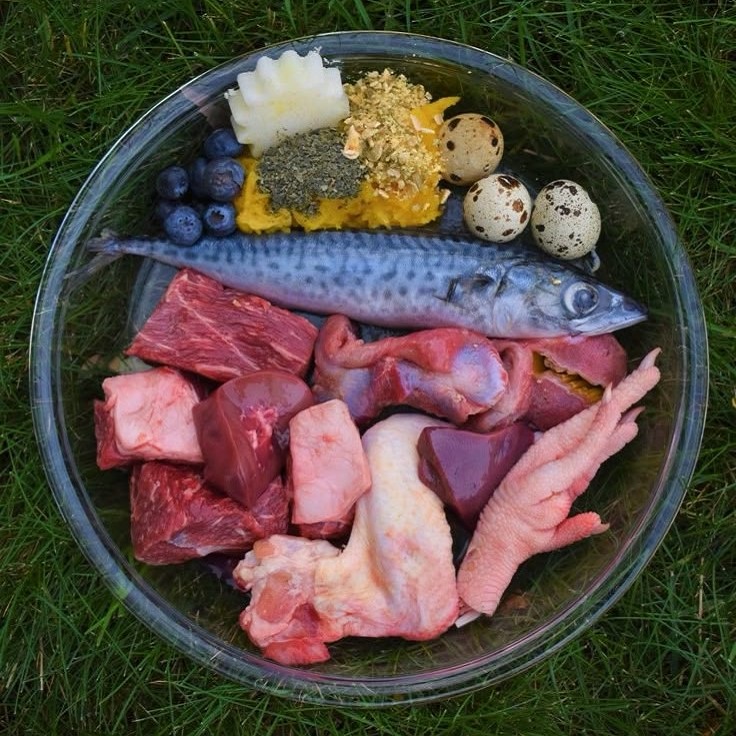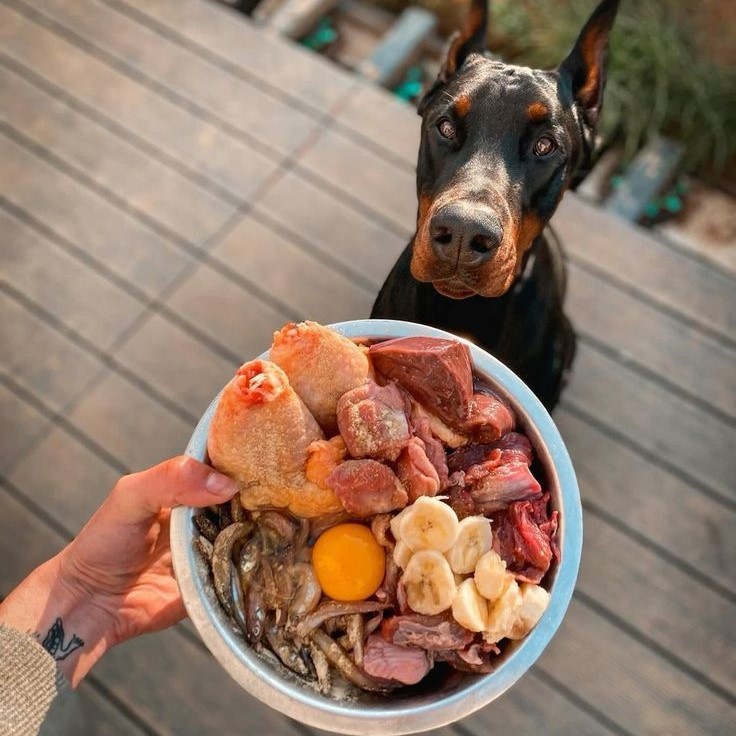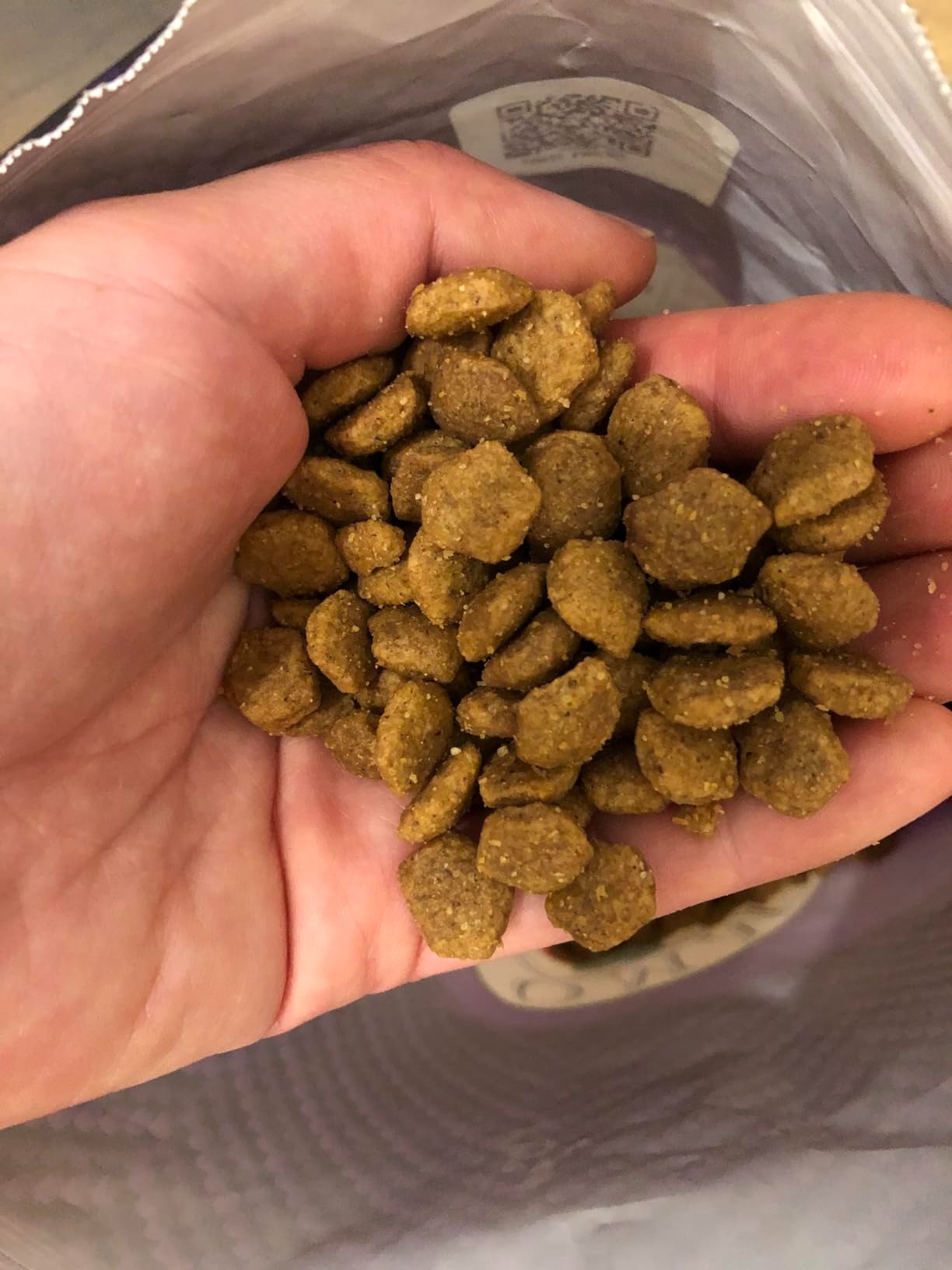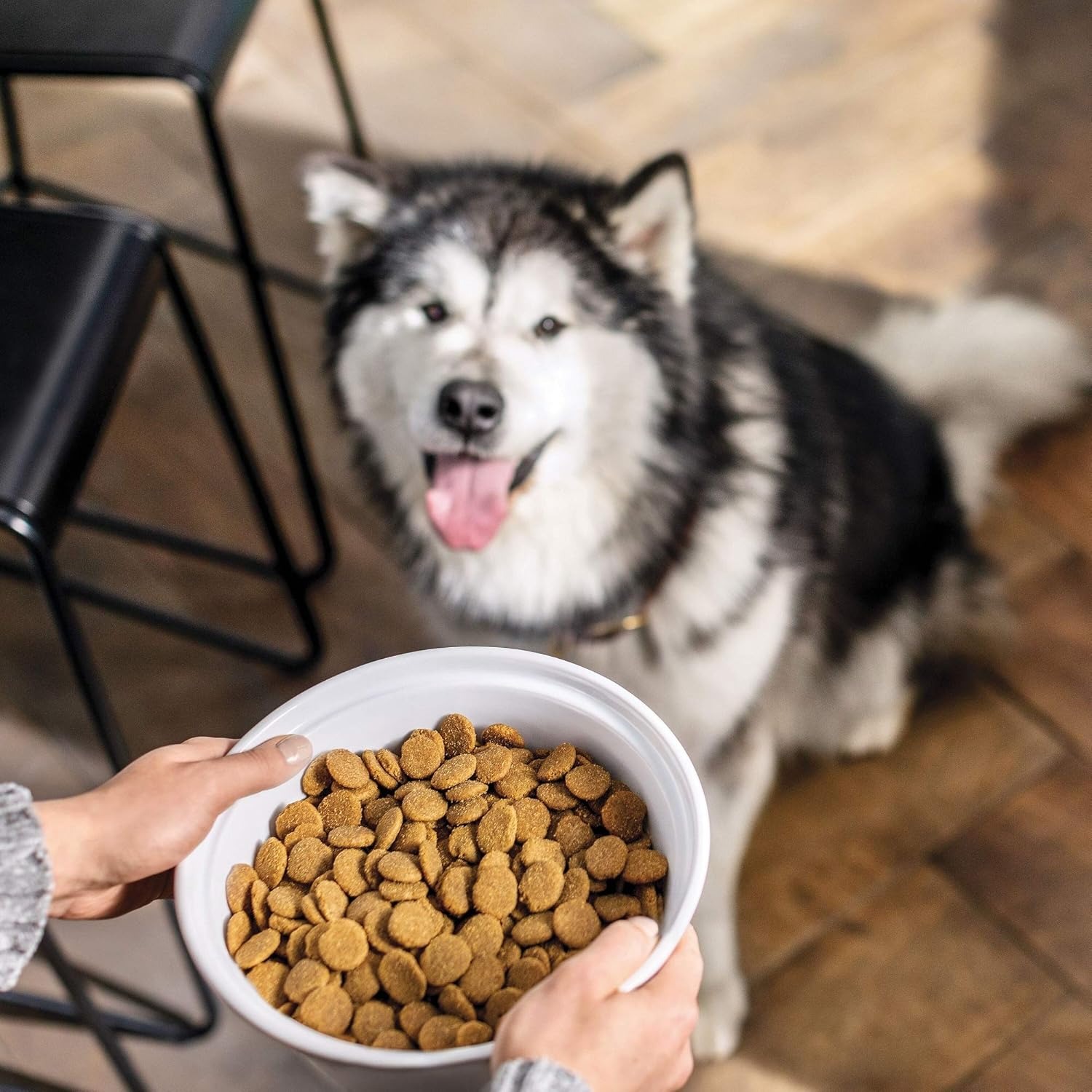Introduction to Raw Pet Food
What is raw pet food? Raw pet food has gained attention for its potential health benefits and popularity among pet owners. This section will dive into its meaning and historical journey.
What is Raw Pet Food?
Raw pet food refers to a diet that includes uncooked ingredients. It usually contains raw meat, bones, organs, and sometimes fruits, vegetables, and supplements. Unlike processed foods, these ingredients remain unaltered, aiming to mimic a pet’s natural diet in the wild. This diet is designed to provide pets with wholesome, unprocessed nutrients for better health.
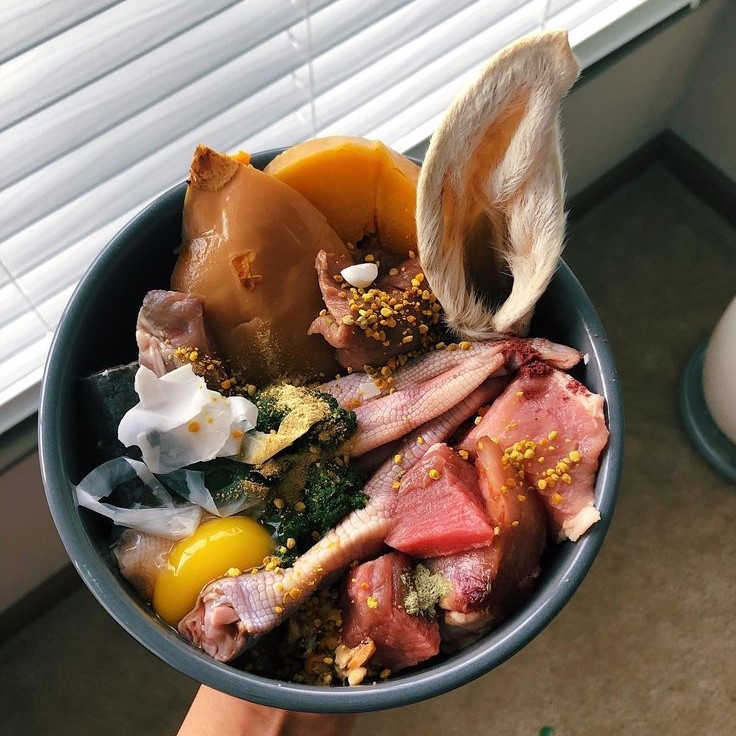
History and Popularity of Raw Pet Food
The raw pet food movement started gaining momentum in the 1990s. Dr. Ian Billinghurst, a veterinarian, introduced the concept with his “BARF” diet, which stands for “Biologically Appropriate Raw Food” or “Bones and Raw Food.” Many believe this approach aligns closely with pets’ ancestral eating habits. Over time, as pet health trends grew, raw food diets became more popular among pet enthusiasts. Today, they are widely discussed and adopted, though they remain a topic of debate among veterinarians and pet care professionals.
Components of Raw Pet Food
What is raw pet food? Understanding the components of raw pet food is key to designing a balanced diet. This section covers the essential ingredients and the different types of raw pet food diets available.
Key Ingredients and Their Benefits
- Raw Meat
Raw meat serves as the cornerstone of a raw pet food diet, providing the primary source of protein and essential amino acids. These components are crucial for muscle development and repair, ensuring your pet maintains healthy muscle mass and overall vitality. Choose high-quality, fresh meat to maximize the nutritional benefits and support your pet’s active lifestyle. - Bones
Integral to the raw diet, bones contribute essential minerals such as calcium and phosphorus. These nutrients are vital for developing and maintaining strong bones and teeth. Bones also serve as natural dental tools, aiding in cleaning teeth and contributing to oral health. Ensure the bones are suitable for your pet and are not too hard to prevent the risk of injury. - Organs
Organs are nutrient-dense ingredients that enrich the diet with critical elements like iron and zinc, alongside an array of vitamins, particularly Vitamin A. These nutrients play a pivotal role in various bodily functions, including maintaining a healthy immune system and ensuring proper digestion. Incorporate a range of organs to optimize your pet’s nutrient intake. - Fruits and Vegetables
Incorporating fruits and vegetables introduces dietary fiber, antioxidants, and a variety of essential vitamins. These contribute to overall health by supporting digestion, bolstering the immune system, and preventing oxidative stress. Select a mix of pet-safe fruits and vegetables to create a balanced and enriching component of the diet. - Supplements
Supplements are sometimes necessary to address nutritional gaps in a raw pet food diet, providing elements like omega-3 fatty acids and probiotics. Omega-3s are beneficial for skin and coat health, while probiotics support digestive wellness. Evaluate your pet’s dietary needs and consult a veterinarian to determine the appropriate supplements to enhance the raw food diet effectively.
Types of Raw Pet Food Diets
- BARF Diet (Biologically Appropriate Raw Food): Includes raw meat, bones, fruits, and vegetables. It’s designed to balance natural pet nutrition.
- Whole Prey Model: Mimics wild eating habits by including entire animals like chickens or rabbits.
- Homemade Raw Diet: Made at home with carefully measured ingredients for complete nutrition.
- Commercially Prepared Raw Foods: Packaged raw pet foods, often frozen or freeze-dried for convenience.
Choosing the right type depends on your pet’s needs, preferences, and your lifestyle. Always consult a veterinarian before making changes to your pet’s diet.
Potential Benefits of Raw Pet Food
Raw pet food is believed to provide several health advantages. These benefits address digestion, energy levels, skin health, coat quality, and dental hygiene. Let’s explore these benefits in detail.
Improved Digestion and Energy Levels
Raw pet food may enhance a pet’s digestion. The natural enzymes in raw meat aid digestive processes. This diet avoids fillers, which can upset sensitive stomachs. Pets often experience less bloating and firmer stools.
With better digestion, energy levels can improve. High-quality proteins and nutrients keep pets active and energetic. Many pet owners report increased stamina and playfulness after switching to raw food.
Enhanced Skin and Coat Health
Raw pet food may improve skin and coat conditions. Healthy fats, like omega-3s, promote moisturized skin. These fats also support a shiny, thick coat. Raw diets minimize additives, reducing skin allergies and irritation. This leads to fewer scratched patches or dry areas.
Better Dental Hygiene
Chewing raw bones can clean teeth naturally. This action scrapes off tartar and plaque. Raw food also limits starches, reducing bacteria buildup. As a result, pets often have fresher breath and healthier gums.
Feeding a raw diet ensures pets receive natural, nutrient-rich meals. These benefits contribute to their overall well-being. Always consult a veterinarian when considering dietary changes.
Risks and Concerns of Feeding Raw Pet Food
While raw pet food offers many benefits, it also comes with risks. Pet owners must understand these potential challenges to ensure the safety and well-being of their pets.
Bacterial Contamination and Food Safety
Raw pet food can contain harmful bacteria like Salmonella and E. coli. These pathogens can pose health risks to both pets and humans. Proper handling, storage, and cleaning are essential to reduce contamination. Always wash cutting boards, bowls, and utensils thoroughly. Freezing raw food before feeding can also help reduce bacterial risks. Make sure to buy raw ingredients from trusted sources to maintain quality and safety.
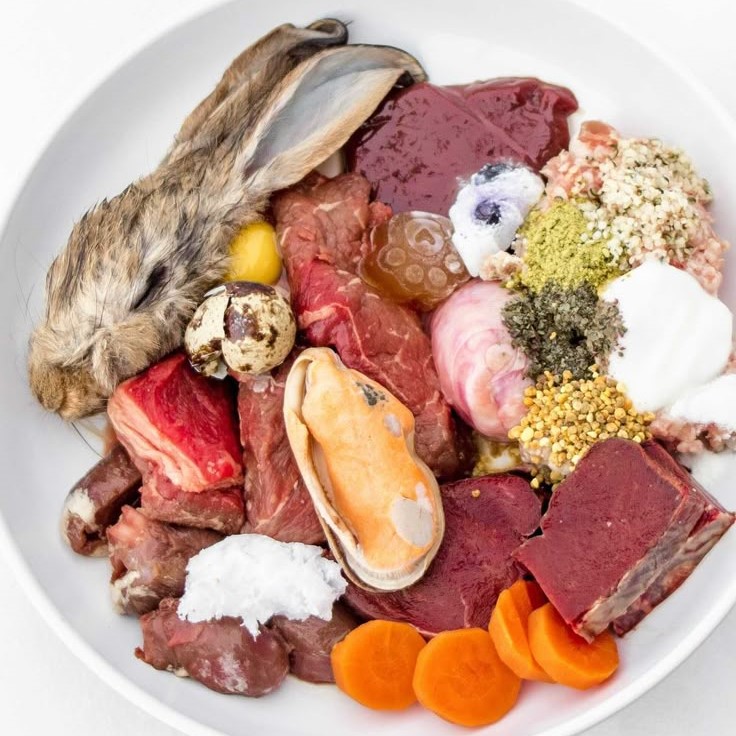 Nutritional Imbalance Risks
Nutritional Imbalance Risks
Not every raw diet meets a pet’s nutritional needs. Homemade diets, in particular, may lack essential nutrients. Overfeeding certain components, like liver or bones, can cause health issues. A lack of balance can lead to deficiencies in vitamins, minerals, or fatty acids. Consulting a veterinarian or pet nutritionist is crucial before introducing raw diets. Regular check-ups help ensure pets maintain proper health and growth.
Allergies and Intolerance
Some pets have food sensitivities or allergies to specific raw ingredients. For example, beef or chicken might trigger allergic reactions. Symptoms include itching, vomiting, or diarrhea. Testing different proteins and monitoring helps identify triggers. Introducing new ingredients slowly can reduce the chance of adverse reactions. Always observe how your pet responds to dietary changes and consult a vet if concerns arise.
By understanding these risks, pet owners can make informed decisions about raw feeding. Knowledge and preparation are key to ensuring a healthy and safe diet for pets.
Preparing Raw Pet Food at Home
Preparing raw pet food at home requires careful planning and dedication to ensure safety and nutrition.
Essential Steps for Safe Preparation
- Source Ingredients from Reliable Suppliers: Buy high-quality meat, organs, and bones from trusted sources.
- Handle Food Hygienically: Wash hands, utensils, and surfaces thoroughly before and after food preparation.
- Freeze Ingredients: Store raw food in the freezer to decrease the risk of bacterial contamination.
- Thaw Safely: Thaw frozen meat in the fridge to prevent bacterial growth during the process.
- Balance Nutritional Content: Follow veterinarian-approved recipes to ensure complete and balanced meals.
- Portion Size Carefully: Measure meals to match your pet’s size, breed, and activity level.
- Serve Fresh: Avoid keeping prepared meals for too long. Serve them fresh to maintain quality.
Tools and Ingredients Needed
- Essential Tools:
- Cutting boards for meat and vegetables
- Sharp knives for precise preparation
- Food processor for grinding bones and vegetables
- Scales for accurate portion size measurement
- Airtight containers for proper food storage
- Key Ingredients:
- Raw meat (chicken, turkey, beef) for protein and amino acids
- Raw bones for calcium and phosphorus
- Organs (liver, kidney) for essential vitamins
- Fruits and vegetables for fiber and antioxidants
- Supplements like omega-3s and probiotics for additional nutrition
Preparing raw pet food at home is rewarding but requires responsibility. Always consult your veterinarian before starting a raw diet for your pet.
Commercial Raw Pet Food Options
Commercial raw pet food offers convenience for pet owners looking for ready-made solutions. It eliminates the effort of preparing meals at home while ensuring pets get raw nutrition.
Choosing the Right Brand
- Check Ingredients: Opt for brands with high-quality, natural, and minimally processed ingredients.
- Look for Balanced Nutrition: Ensure the food meets AAFCO standards for complete pet nutrition.
- Research Brand Reputation: Choose well-reviewed and trusted companies in the pet food industry.
- Consider Packaging Options: Store-freezing or freeze-dried formats are practical for long-term use.
- Consult Your Veterinarian: Ask your vet which brands suit your pet’s dietary needs.
Selecting a dependable brand ensures your pet receives reliable, nutrient-rich meals. The right choice supports their health effectively.
Pros and Cons of Store-Bought Raw Pet Food
Pros:
- Convenience: Save time and effort with ready-made, packaged raw diets.
- Consistency: Nutritional content is standardized for balanced pet meals.
- Safety Measures: Brands follow food safety protocols to reduce risk of contamination.
- Wide Variety: Options cater to diverse pet preferences and dietary restrictions.
Cons:
- Cost: Store-bought raw food can be more expensive than homemade alternatives.
- Quality Variance: Some brands might use lower-quality ingredients or fillers.
- Less Customization: Limited flexibility to adapt meals to specific pet needs.
Understanding these pros and cons helps pet owners make informed decisions about commercial raw diets. Always monitor your pet’s response to new foods and consult your veterinarian for personalized advice.
How to Transition Your Pet to Raw Food
Switching your pet to raw food requires patience and methodical planning. It’s crucial to ensure the process is safe and beneficial for your pet.
Gradual Introduction Process
- Start Slow
Begin the transition by adding a small portion of raw food to your pet’s regular diet. This gradual introduction helps minimize digestive disturbances. Aim to slowly increase the proportion of raw food over a period of 7 to 10 days. This methodical approach allows your pet’s digestive system to adjust steadily and reduces the risk of gastrointestinal discomfort. - Choose a Protein Source
When introducing raw food, start with a single, mild protein source, such as chicken. This encourages acceptance and minimizes the chances of digestive upset. It’s advisable to avoid introducing multiple new proteins simultaneously, which can overwhelm your pet’s system and complicate identifying any adverse reactions. - Monitor Portion Sizes
Adjust the portion sizes of raw food to suit your pet’s weight, age, and activity level. Overfeeding or underfeeding can lead to health issues. Regular monitoring ensures your pet receives adequate nutrition and maintains a healthy weight. Consult guidelines or a veterinarian to determine the appropriate portion sizes for your specific pet. - Avoid Abrupt Changes
Sudden changes in diet can cause digestive upset, leading to symptoms such as vomiting or diarrhea. A slow adjustment process allows your pet’s digestive system to gradually adapt to the new food. Incremental changes help prevent these common stomach issues, making the transition smoother for your pet. - Introduce Safe Ingredients
Ensure the initial raw food diet contains safe and essential, balanced nutrients necessary for optimal pet health. Choose ingredients that are known for their nutritional benefits and avoid those with potential health risks. Regularly assess the nutritional content to ensure comprehensive dietary needs are continually met.
Gradual introduction helps pets adapt to the diet without stress or health risks.
Monitoring Your Pet’s Health
- Digestive Response: Watch for symptoms like diarrhea or constipation. Adjust ingredients if digestion issues arise.
- Energy Levels: Note any changes in activity or energy during the transition phase.
- Skin and Coat Check: Observe improvements or problems in skin condition and coat quality.
- Weight Management: Ensure your pet maintains a healthy and consistent weight.
- Consult a Veterinarian: Regular vet visits ensure your pet’s diet remains nutritionally adequate.
Monitoring helps ensure the transition is successful and benefits your pet’s overall health.
Common Misconceptions About Raw Pet Food
What is raw pet food? Raw pet food often sparks debates due to misunderstandings. Let’s clear up some misbeliefs surrounding this diet.
Debunking Myths Around Raw Diets
- Myth: Raw Pet Food is Unsafe
- Truth: Proper handling minimizes bacterial risks. Hygiene and freezing ensure safer meals.
- Myth: Raw Diets Lack Nutritional Balance
- Truth: Balanced recipes and vet guidance ensure pets get all essential nutrients.
- Myth: Cooking is Necessary for Better Digestion
- Truth: Pets can digest raw meat easily due to natural enzymes.
- Myth: Raw Diets Only Suit Dogs
- Truth: Both dogs and cats can benefit from raw diets tailored to their needs.
- Myth: All Raw Diets are the Same
- Truth: Diets vary greatly; BARF, whole prey, and homemade diets serve different purposes.
Addressing Concerns About Veterinary Opinions
- Concern: Many Veterinarians Oppose Raw Diets
- Explanation: Vets worry about risks like contamination and imbalance. Using safe practices eases concerns.
- Concern: Raw Diets are Unsupported by Science
- Explanation: Studies show potential health benefits, but more research is needed for widespread consensus.
- Concern: Homemade Raw Diets are Risky
- Explanation: Improper preparation can cause issues. Vet-approved recipes ensure safety and nutrition.
- Concern: Raw Diets May Harm Pets
- Explanation: Proper diets rarely harm pets. Risks arise from poor handling or unsuitable ingredients.
Clearing these misconceptions enables pet owners to make informed, confident choices about raw pet food.

